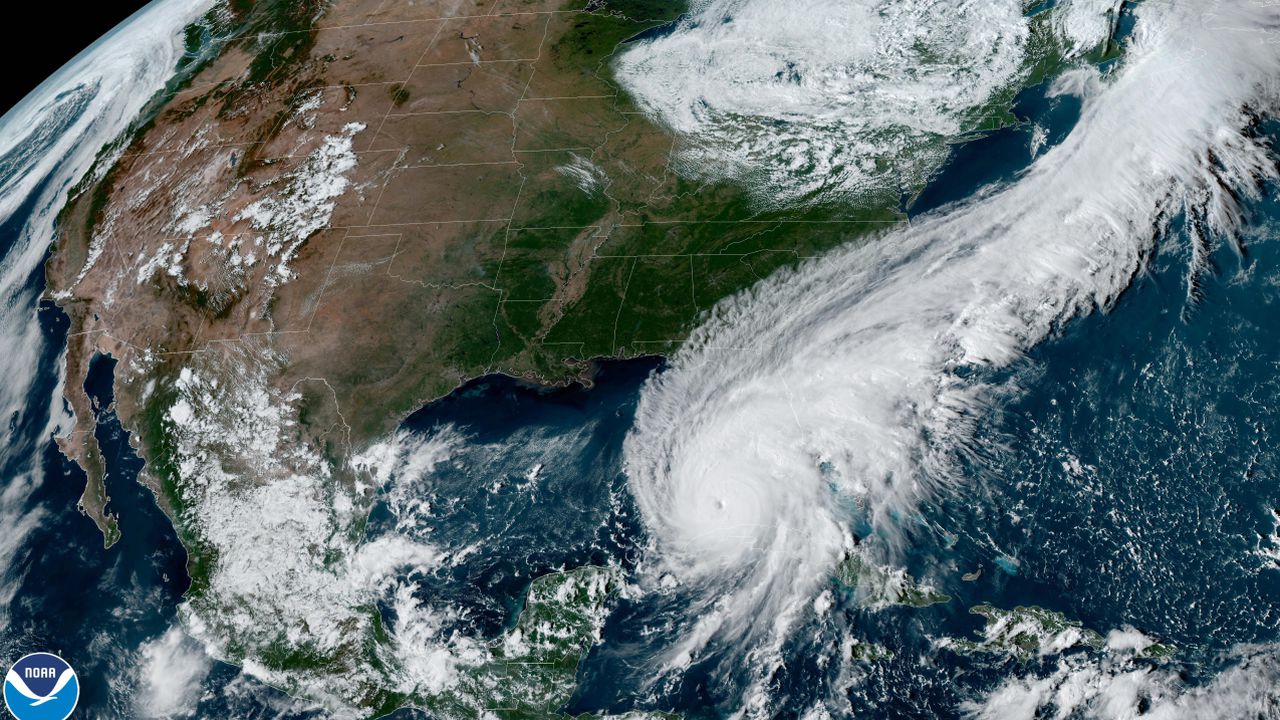Hurricane season 2023: Early forecast has good news
Just how bad will the 2023 hurricane season be in the Atlantic? Researchers have some promising news — maybe.
Colorado State University researchers offered up their annual early forecast for the Atlantic on Thursday and said there’s a chance that the basin could have a slightly below-average season as far as the number of storms goes.
However, researchers cautioned that larger-than-normal uncertainty exists with the 2023 early forecast.
The CSU team, led by Dr. Philip Klotzbach, suggested there could be 13 named storms (both tropical storms and hurricanes), six hurricanes and two major hurricanes, which are Category 3 or stronger storms.
NOAA’s definition of an average Atlantic season has 14 named storms, seven hurricanes and three major hurricanes.
However, the CSU report cautioned, as it does every year, that it only takes one storm to make it a bad year if it affects your area.
The report also anticipates “a near-average probability for major hurricanes making landfall along the continental United States coastline and in the Caribbean.”
Of interest for those in Alabama: The report said there will be a just-slightly-above-average probability — 28 percent — of a major hurricane making landfall along the Gulf Coast (defined as from Cedar Key, Fla., westward to Brownsville, Texas). The researchers said the average from 1880–2020 is 27 percent.
The CSU report places a big emphasis on how El Nino may (or may not) evolve over the summer as well as above-average water temperatures in parts of the Atlantic.
El Nino is a worldwide climate phenonomen that begins with above-average ocean temperatures in the equatorial Pacific. Those warmer waters can set off a chain reaction of climate effects around the world.
El Ninos also typically help to suppress activity in the tropical Atlantic. (The same can’t be said for the eastern Pacific, which can have above-normal activity during El Nino years.)
“Current neutral ENSO conditions look fairly likely to transition to El Nino this summer/fall. However, there is considerable uncertainty as to how strong an El Nino would be, if it does develop,” the report said. “Sea surface temperatures in the eastern and central Atlantic are much warmer than normal, so if a robust El Nino does not develop, the potential still exists for a busy Atlantic hurricane season. Larger-than-normal uncertainty exists with this outlook.”
Another group of researchers issued an El Nino watch on Thursday and said there’s a 62 percent chance El Nino will return over the summer. However, El Nino (and La Nina) forecasts in the spring typically come with a large dose of uncertainty.
The Atlantic hurricane season officially begins on June 1 and lasts until Nov. 30.
This is the 40th year for the CSU hurricane forecast, which was originated by Dr. William Gray, who passed away in 2016.
The CSU team will update its forecast on June 1, July 6 and Aug. 3. NOAA’s annual hurricane season outlook is typically issued in late May.
